I find it interesting that approximately 72% of US adults have at least one credit card in their name.
It’s quite remarkable to see how credit card ownership has steadily increased over the past few years, making it more accessible to consumers. The fact that younger adults are more likely to have a credit card than older adults is also intriguing.
It seems that the increasing popularity of cashless transactions and targeted credit card offers for younger consumers are influencing this trend. It’s fascinating to observe how these factors are shaping the financial habits of different age groups.
While credit card ownership is prevalent across all age groups, younger adults are more likely to have a credit card than older adults. In fact, recent data indicates that 83% of millennials (ages 25-40) have at least one credit card, compared to 62% of baby boomers (ages 57-75).
This trend can be attributed to a number of factors, including the increasing popularity of cashless transactions and the prevalence of credit card offers targeted towards younger consumers.

However, it’s worth noting that credit card ownership statistics can vary based on factors such as income level and geographic region. For example, individuals with higher incomes are more likely to have multiple credit cards, as they often have greater purchasing power and the ability to manage multiple lines of credit.
Additionally, certain regions of the country may have higher or lower rates of credit card ownership depending on a variety of economic and cultural factors.
Average Number of Credit Cards per Person in the US
According to recent statistics, the average number of credit cards held by individuals in the United States is 2.6. This suggests that credit card usage is commonplace among Americans, with many people holding multiple cards. It’s worth noting, however, that this number varies depending on age, income, and other factors.
The number of credit cards someone holds can impact their credit score and financial stability. Having too many cards can be a sign of irresponsible spending and can lead to debt issues. On the other hand, having a few cards with low balances can help improve credit scores by establishing a good payment history.

Factors Influencing Credit Card Ownership
There are several factors that influence the number of credit cards someone may hold. Income is one of the most significant factors, with high-earners having a higher likelihood of holding more cards.
Age is another factor, with younger individuals having fewer cards than older generations. According to a recent survey, millennials only hold an average of 1.57 credit cards, while those over 50 have an average of 3.57 cards.
Other factors that can impact the number of credit cards held include credit score, educational attainment, and marital status. It’s important to consider these factors when applying for new cards and to ensure responsible credit card usage.
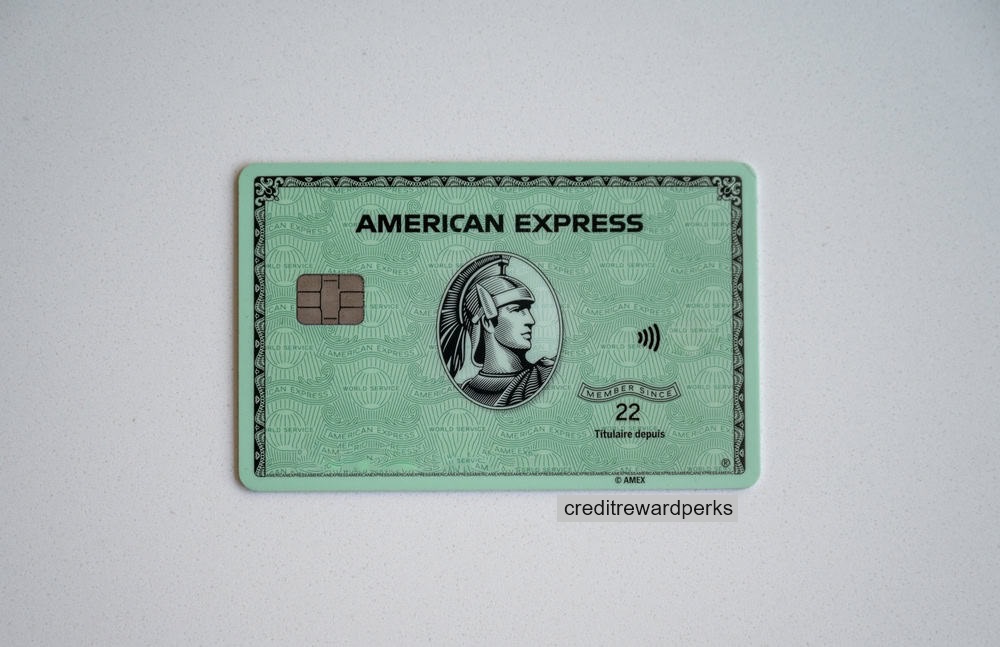
Credit Card Debt in the United States
The total amount of credit card debt in the United States has been steadily rising over the past few years. According to recent studies, the current credit card debt in the US stands at approximately $829 billion, indicating a significant increase from previous years.
| Year | Credit Card Debt (in billions) |
|---|---|
| 2017 | 749 |
| 2018 | 830 |
| 2019 | 870 |
| 2020
2021 2022 |
829
856 986 |
2024 the amount is $1.12 trillion.
The rise in credit card debt can be attributed to several factors, including increased consumer spending, higher interest rates, and lack of financial education. The current economic climate has also contributed to this trend, with many individuals struggling to make ends meet.
Although credit card debt can be a useful tool for making purchases and building credit, it can quickly become a burden when not managed properly. It is crucial for consumers to understand their spending habits and make responsible decisions when using credit cards.
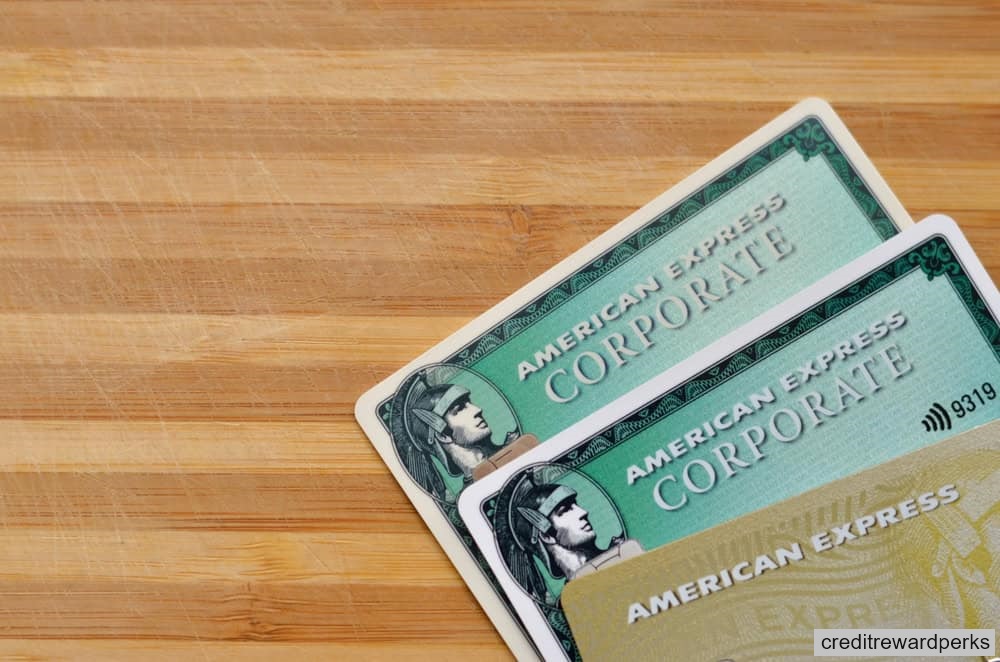
When it comes to paying off credit card debt, it is recommended to pay more than the minimum payment each month. This can help reduce the amount of interest accrued and ultimately, reduce the total amount of debt owed. Additionally, individuals can consider seeking the assistance of a financial advisor or credit counseling service to create a debt repayment plan.
I think my credit card balance may be too high. As I review my monthly statement, I notice that my balance has been steadily increasing over the past few months. While I have been making my minimum payments on time, I am concerned that I may be accruing too much interest and not making enough progress towards paying off my debt.
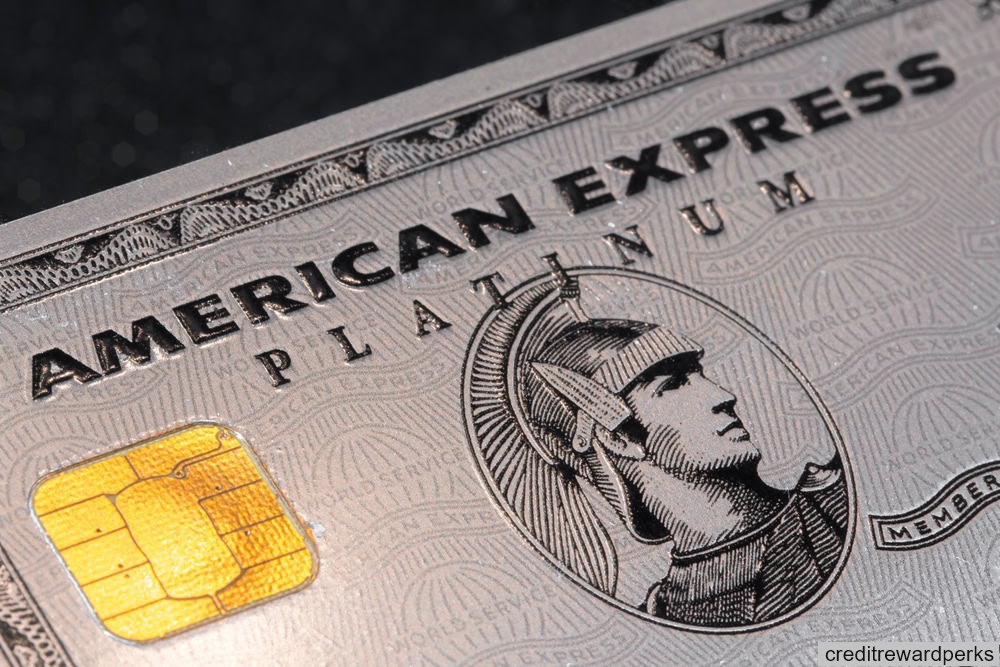
As I reflect on my spending habits, I realize that I have been using my credit card more frequently than I should. I have been making purchases without considering if they are necessary or if I can afford them. I also have not been tracking my expenses closely, which has led to overspending and a higher credit card balance.
Average Credit Card Balances in the US
The average credit card balance in the United States is a topic that is of great interest to consumers and financial analysts alike. As of the end of 2020, the average credit card balance in the US was $5,315, according to data from Experian. This represents a 5% decrease from the previous year, likely due to pandemic-related factors such as reduced spending and increased payments. However, it’s important to keep in mind that this figure can vary significantly depending on factors such as income, age, and spending habits.
When looking at average credit card balances by age group, younger adults tend to have lower balances than older adults. For example, according to data from the Federal Reserve, the average credit card balance for those under 35 was $2,200 in 2020, while those aged 65 and over had an average balance of $6,700. This may be due to younger adults having less established credit histories and lower incomes than older adults.
| Year | Average Credit Card Balance | Change from Previous Year |
|---|---|---|
| 2019 | $5,554 | N/A |
| 2020 | $5,315 | -5% |
The amount of credit card debt an individual carries is influenced by many factors, including their income, spending patterns, and use of credit. While credit cards can be a useful tool for managing finances, carrying balances can quickly lead to debt and financial hardship. As such, it’s important for individuals to monitor and manage their credit card balances regularly, paying close attention to interest rates, payment due dates, and available credit limits.
To keep credit card balances under control, some best practices include creating a budget, paying off balances in full each month, and limiting credit card usage for essential expenses only. By being proactive about managing credit card balances, individuals can improve their financial well-being and avoid the negative consequences of excessive debt.
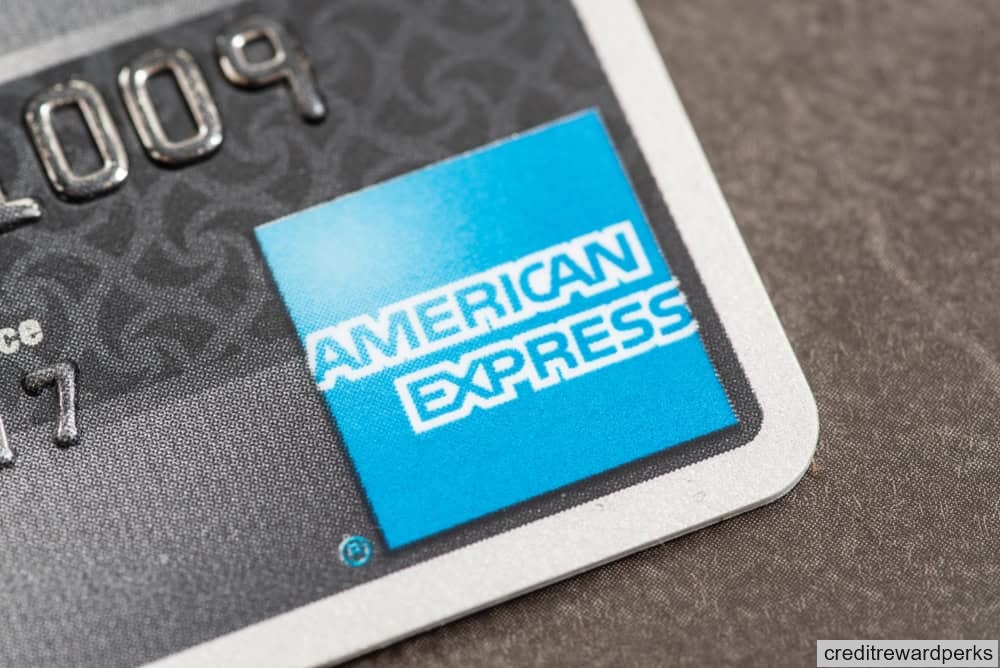
Credit Card Delinquency Rates in the US
One of the key concerns for credit card issuers and consumers alike is the rate of delinquency, which is defined as the failure to make timely payments on credit card accounts. Delinquency rates can serve as an indicator of financial stress among consumers as well as a risk factor for credit card lenders.
In recent years, credit card delinquency rates in the United States have remained relatively stable, with a slight increase in 2020 due to the economic impact of the COVID-19 pandemic. According to the Federal Reserve Bank of New York, the delinquency rate for credit cards peaked at 7.35% in the first quarter of 2020, up from 5.16% in the fourth quarter of 2019. By the third quarter of 2020, the rate had fallen to 6.04%, but it remained above pre-pandemic levels.
Delinquency rates can vary depending on the type of credit card account, with higher rates typically seen among subprime borrowers and those with lower credit scores. However, delinquency rates can also be impacted by broader economic trends and events, such as recessions or natural disasters.

Factors Contributing to Delinquency
Several factors can contribute to credit card delinquency, including:
- Unemployment or underemployment
- Unexpected expenses or emergencies
- High levels of debt and financial stress
- Changes in interest rates or credit terms
- Disputes with credit card issuers or errors on account statements
It is important for credit card users to monitor their account activity regularly and make timely payments to avoid delinquency. Some tips for managing credit card accounts include:
- Create a budget and stick to it
- Pay more than the minimum payment each month
- Set up automatic payments or payment reminders
- Monitor account activity for errors or fraudulent transactions
- Communicate with credit card issuers if experiencing financial difficulties
By practicing these techniques and managing credit responsibly, consumers can avoid delinquency and maintain positive credit scores.

Credit Card Rewards Usage in the United States
Credit card rewards programs have become increasingly popular among consumers in the United States. In fact, according to a recent survey, over 80% of credit cardholders use rewards programs to earn cashback, points, or miles on their purchases. With such a high percentage of individuals utilizing these programs, it’s important to understand the different types of rewards, redemption preferences, and usage patterns.
The Most Popular Types of Credit Card Rewards
Cashback rewards are the most commonly used type of credit card reward. This type of program typically offers a percentage of the purchase amount back to the cardholder in the form of cash. Rewards can vary from 1% to 5%, and some cards offer rotating categories with higher earning potential. Points-based rewards are another popular type of program. With points programs, cardholders earn points for their purchases that can be redeemed for merchandise, travel, or other rewards. Lastly, miles-based rewards programs are popular among frequent travelers. With this type of program, cardholders earn miles for their purchases that can be redeemed for flights or other travel-related expenses.
Redemption Preferences
When it comes to redeeming rewards, cashback is the most preferred option among credit card users. In fact, over 50% of rewards program redemptions are for cashback. Points and miles-based programs are also popular options, with many individuals using them to book travel or purchase merchandise. Additionally, some rewards programs offer the option to donate rewards to charity, and this has become an increasingly popular choice among consumers.

Credit Card Rewards Usage Patterns
Credit card rewards usage patterns can vary greatly from one individual to another. However, studies show that millennials are more likely to use rewards programs compared to other generations. Additionally, cardholders with higher incomes tend to redeem their rewards for travel-related expenses, while those with lower incomes prefer cashback rewards. It’s also worth noting that some rewards programs have restrictions or require annual fees, which can affect usage patterns and overall satisfaction with the program.
Credit Card Fraud Trends in the US
Credit card fraud is a significant concern for consumers in the United States, with millions of dollars lost to fraudulent activities each year. According to recent US fraud statistics, credit card fraud accounted for approximately 35% of all fraud cases in 2020.
One of the most common types of credit card fraud is the unauthorized use of a stolen credit card, either through physical theft or online hacking. Other types of credit card fraud include phishing scams, skimming, and counterfeit cards.
In response to these fraudulent activities, credit card companies and financial institutions have implemented a range of measures to prevent and detect fraud. These include EMV chip technology, two-factor authentication, and real-time fraud monitoring systems.
Consumers can also take steps to protect themselves from credit card fraud by regularly monitoring their account statements, setting up alerts for suspicious activity, and avoiding sharing personal and financial information with unverified sources.
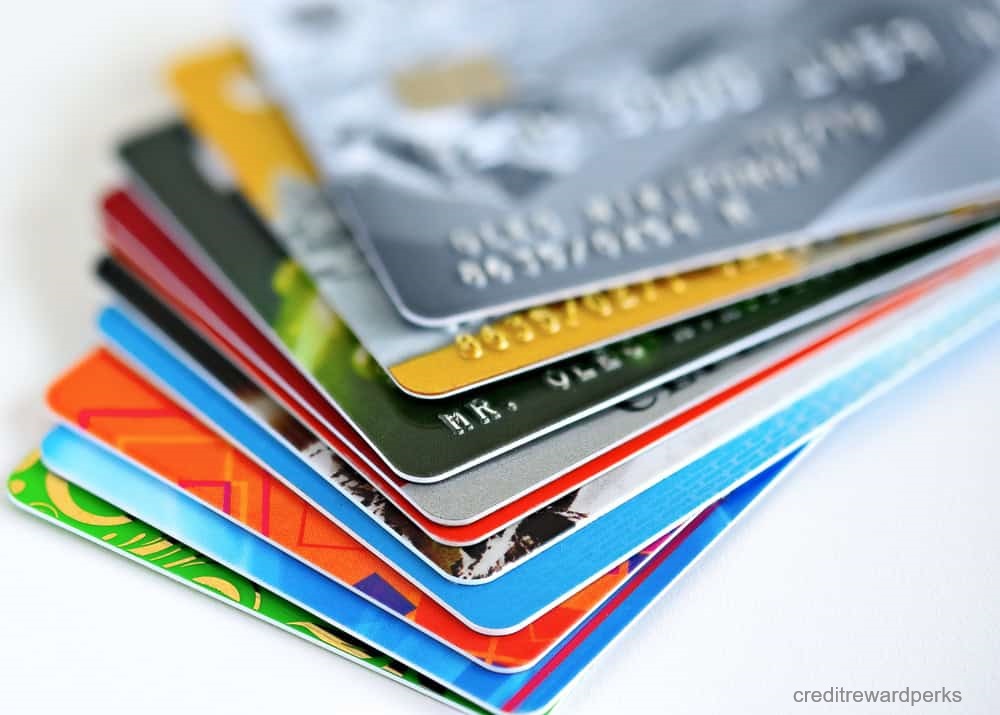
Credit Card Usage Patterns by Generation in the US
Credit card usage varies significantly across different generations in the United States. According to recent research, millennials and Gen Xers are more likely to carry credit card debt than baby boomers and the Silent Generation. In addition, younger generations tend to have lower credit scores, which can impact their access to credit cards and interest rates.
However, younger generations are also more likely to use credit cards for everyday purchases and online transactions. They are also more likely to participate in credit card rewards programs and take advantage of cashback incentives. Baby boomers and the Silent Generation tend to use credit cards for larger expenses and emergencies, but are less likely to use them for daily spending.
One factor driving these generational differences in credit card usage is technology. Millennials and Gen Xers are digital natives and are more comfortable using mobile apps and online banking services to manage their finances, including credit cards. They are also more likely to use digital wallets and contactless payment methods, which are becoming increasingly popular in the United States.
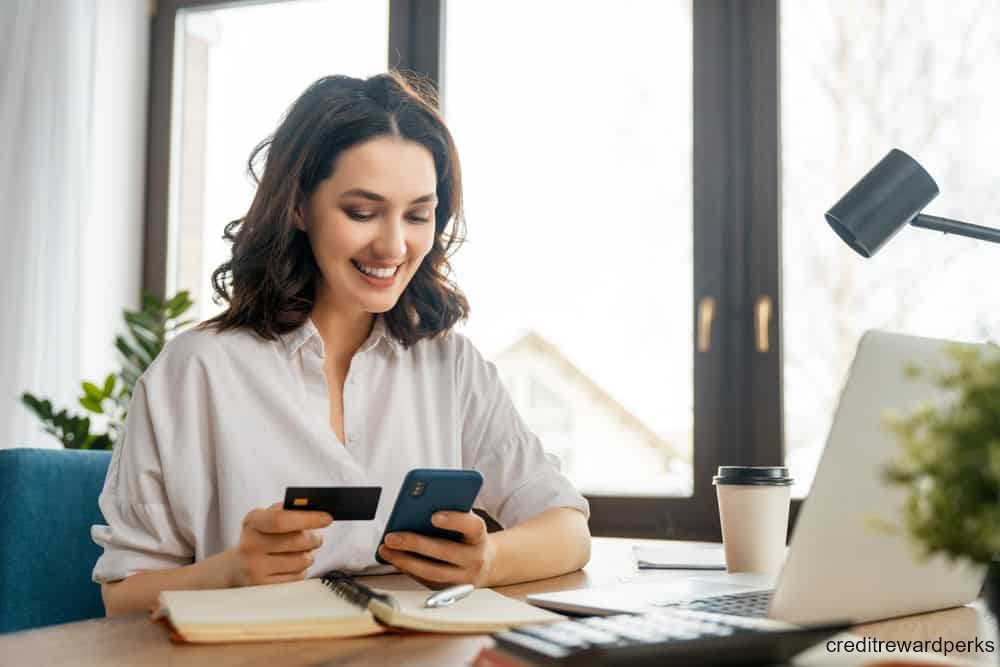
Credit Card Usage Tips by Generation
Regardless of age, there are some best practices for credit card usage that every consumer should follow. These include:
- Pay your balance in full and on time every month to avoid interest charges and late fees
- Avoid using your credit card for purchases you can’t afford to pay off immediately
- Don’t apply for too many credit cards at once, as this can negatively impact your credit score
- Regularly review your credit card statements to check for errors or fraudulent charges
With these tips in mind, consumers of all ages can make the most of their credit cards and avoid the pitfalls of credit card debt.

Credit Card Payment Methods in the United States
Credit cards are a popular method of payment in the United States, and there are several common ways that consumers can make credit card payments.
One of the most straightforward payment methods is to make a payment online by logging into the issuer’s website and following the prompts to enter payment information. Alternatively, some issuers offer a mobile app that allows customers to manage their accounts and make payments on the go.
Another popular method of payment is to use a credit card in-person at a retail location or restaurant. Many merchants now accept tap-to-pay options, which allow customers to simply hold their card or mobile device close to the terminal to complete the transaction.
Some consumers may choose to pay their credit card balance by mailing a check to the issuer, although this method can take longer and may delay posting of the payment.
Automatic payments can also be set up to ensure timely payment of credit card balances. Customers can set a recurring payment amount and frequency to pay the balance due each month or can choose to make the minimum payment due automatically.

Credit Card Interest Rates in the US
Interest rates are a crucial consideration for credit card users in the United States. These rates represent the amount of money charged by lenders for borrowing funds using credit cards. The interest rates for credit cards in the US can vary widely, depending on several factors, such as the type of card, the user’s credit history, and the prevailing market conditions.
According to recent data, the average credit card interest rate in the US is currently around 16%. However, this rate can differ significantly among different types of credit cards. For example, rewards credit cards usually have higher interest rates than basic credit cards due to the additional benefits they offer.
Another crucial factor that influences credit card interest rates is the Federal Reserve’s monetary policy. The Fed’s decision to raise or lower interest rates can affect the cost of borrowing for credit card users. The Fed’s recent interest rate hikes have caused an increase in credit card interest rates. However, with the current economic situation, many experts expect interest rates to stay relatively stable over the next few years.
Mastercard Debit Card Usage Worldwide
As of 2023, there are over 1.5 billion Mastercard debit cards in circulation worldwide. This impressive figure highlights the widespread use and acceptance of Mastercard as a global payment system. With such a vast number of debit cards in circulation, it is evident that Mastercard plays a significant role in facilitating financial transactions on a global scale.
Mastercard’s extensive reach ensures that individuals and businesses worldwide have access to a reliable and convenient payment method. Whether it’s for everyday purchases, online transactions, or international commerce, Mastercard debit cards offer a secure and efficient way to complete transactions.
With the increasing digitization of financial services, the demand for Mastercard debit cards is expected to continue growing. As more regions embrace electronic payment systems, the convenience and security provided by Mastercard’s debit cards make them a preferred choice for consumers and businesses alike.
Mastercard Debit Card Usage in the United States
In the United States, there are nearly 300 million Mastercard debit cards. This staggering number showcases the widespread popularity and acceptance of Mastercard’s debit card offerings among American consumers. With such a large user base, it’s evident that Mastercard has established itself as a trusted and preferred payment method in the country.
The convenience and versatility of Mastercard debit cards make them a go-to choice for millions of Americans. These cards provide easy access to funds, allowing users to make purchases and withdraw cash from ATMs across the nation. Whether it’s buying groceries, shopping online, or dining out, Mastercard debit cards offer a secure and hassle-free payment option for daily transactions.
Furthermore, Mastercard’s extensive network of merchants in the United States ensures that cardholders can use their debit cards at a wide range of establishments. From major retailers to small businesses, Mastercard’s acceptance is widespread, providing individuals with the freedom to use their cards wherever they go.
| Key Statistics | Mastercard Debit Cards |
|---|---|
| Total Mastercard Debit Cards in Circulation Worldwide | 1.5 billion |
| Total Mastercard Debit Cards in the United States | 300 million |
| Total Mastercard Credit Cards in the World | 1.03 billion |
| Total Mastercard Credit Cards in the United States | 273 million |
Mastercard’s extensive reach and widespread usage in the United States solidify its position as a leading player in the debit card market. With nearly 300 million debit cards in circulation, Mastercard continues to empower consumers with a reliable and efficient payment solution.
Mastercard Credit Card Usage Worldwide
There are 1.03 billion Mastercard credit cards in the world. This staggering number showcases the widespread adoption and trust in Mastercard as a global payment system. With its presence in various countries and regions, Mastercard offers individuals and businesses a convenient and secure way to make transactions.
Mastercard’s credit cards provide users with a range of benefits, including rewards programs, fraud protection, and access to a vast network of merchants. The availability and acceptance of Mastercard credit cards contribute to their popularity and usage worldwide.
As customers continue to rely on credit cards for their day-to-day transactions, Mastercard remains at the forefront of the financial industry. Its extensive credit card circulation demonstrates the widespread use and trust in Mastercard’s payment solutions, making it a leading player in the global finance market.
| Statistic | Worldwide |
|---|---|
| Number of Mastercard credit cards | 1.03 billion |
These figures speak volumes about the impact of Mastercard on the global economy. With their vast network and unparalleled reach, Mastercard credit cards continue to play a significant role in shaping the way we transact and navigate the financial landscape.
Mastercard Credit Card Usage in the United States
In the United States, there are 273 million Mastercard credit cards. This staggering number showcases the widespread use and popularity of Mastercard as a preferred payment method among consumers in the country.
Mastercard credit cards offer a convenient and secure way for individuals to make purchases, both online and in physical stores. The extensive network of merchants that accept Mastercard allows cardholders to enjoy the flexibility and ease of making transactions with their credit cards.
With Mastercard credit cards, individuals can enjoy various benefits such as reward programs, cashback offers, and valuable travel perks. From earning points on everyday purchases to enjoying discounts and exclusive offers, Mastercard provides cardholders with opportunities to maximize the value and utility of their credit cards.
As the number of Mastercard credit cards in the United States continues to grow, it is evident that consumers trust the reliability and security of this global payment system. Whether it’s for everyday expenses, special purchases, or travel expenses, Mastercard credit cards have become an integral part of the financial lives of millions in the United States.
| Mastercard Credit Card Usage in the United States | Number of Credit Cards |
|---|---|
| 2023 | 273 million |
“Mastercard credit cards offer a convenient and secure way for individuals to make purchases, both online and in physical stores.”
Total Transactions using Mastercard
In 2022, there were approximately 150 billion transactions made using Mastercard to purchase a wide range of goods and services worldwide. This staggering number demonstrates the widespread use and trust placed in Mastercard’s global payment systems.
Whether it’s a small business owner accepting Mastercard at their local shop or a multinational corporation processing transactions online, Mastercard plays a vital role in facilitating secure and efficient payments. The sheer volume of transactions reflects the convenience and reliability that consumers and merchants find in using Mastercard.
The broad acceptance and integration of Mastercard across various industries and geographies contribute to its status as a leading player in the global finance landscape. From everyday purchases to large-scale business transactions, Mastercard’s reach and effectiveness are evident in the sheer number of transactions processed annually.
| Year | Number of Transactions |
|---|---|
| 2022 | 150 billion |
| 2021 | 142 billion |
| 2020 | 130 billion |
Mastercard’s commitment to innovation and seamless payment experiences continues to drive the growth of its transaction volume. As the world increasingly embraces the convenience of digital payments, it is expected that the number of transactions made using Mastercard will continue to rise.
Gross Dollar Volume (GDV) Handled by Mastercard
Mastercard is a global financial services corporation that facilitates payment processing between card-issuing banks and merchants. In 2022, Mastercard handled a total of $8.177 trillion in gross dollar volume (GDV), solidifying its position as a leading player in the global payment systems industry.
This staggering GDV demonstrates the extensive use and trust placed in Mastercard for financial transactions worldwide. With $2.68 trillion of GDV handled in the United States alone, Mastercard plays a significant role in facilitating the flow of commerce and supporting economic growth.
The ability of Mastercard to process such massive GDV showcases its robust infrastructure and advanced technology, ensuring smooth and secure transactions for millions of cardholders across the globe.

